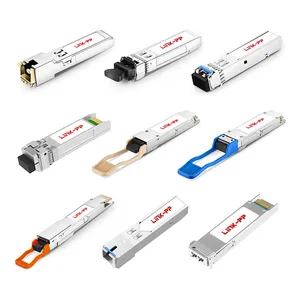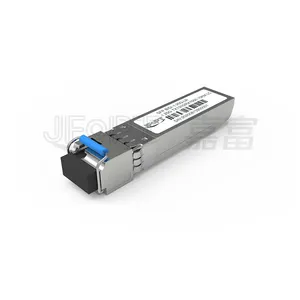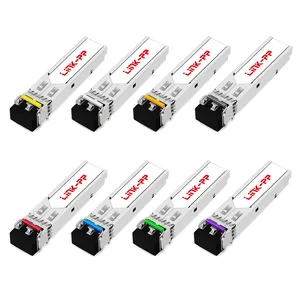Popular in your industry




































































Related Searches:



























































































































Top categories
About bidirectional optical module
Exploring the Versatility of Bidirectional Optical Modules
The realm of fiber optic communication is continually evolving, with bidirectional optical modules standing at the forefront of this innovation. These modules are integral components in modern networking, enabling simultaneous two-way communication over a single fiber strand. This technology not only optimizes the use of fiber but also streamlines the infrastructure required for data transmission.
Types and Applications of Bidirectional Modules
Among the various types available, the bidirectional SFP (Small Form-factor Pluggable) modules are widely utilized due to their compact size and compatibility with multiple devices. These modules find their place in diverse settings, from enterprise-level data centers to industrial networks, where space and efficiency are of paramount importance. The bidirectional SFP module is particularly favored for its ease of integration into existing systems, providing a cost-effective solution for network expansion or upgrades.
Features and Materials
The construction of these modules involves sophisticated optical components. High-precision lasers and photodetectors are housed within a robust casing, ensuring stable performance across various environmental conditions. Materials are chosen for their durability and ability to maintain the integrity of the optical signal, which is crucial for maintaining high-speed data transmission.
Advantages of Bidirectional Optical Modules
The advantages of using bidirectional optical modules are manifold. They significantly reduce the amount of cabling required, which not only cuts down on costs but also minimizes signal loss and potential points of failure in the network. The inherent efficiency of these modules makes them an environmentally friendly option, as they contribute to reduced energy consumption by streamlining network operations.
Compatibility and Integration
Compatibility is a key consideration in the design of bidirectional modules. For instance, the Cisco bidirectional SFP is engineered to meet the specifications required for seamless integration with Cisco equipment, ensuring interoperability within a vast range of networking products. Similarly, the sfp bidirectional transceiver is designed to be plug-and-play, making it user-friendly for network administrators.
For networks that require a single fiber solution, the Cisco single fiber bidirectional SFP offers a reliable option. This specialized module is designed to work effectively over a single fiber by employing different wavelengths for sending and receiving data, thereby doubling the capacity of the network without additional fiber infrastructure.
Conclusion
In conclusion, bidirectional optical modules represent a significant leap forward in fiber optic communication. By enabling efficient use of infrastructure and providing a scalable solution for growing networks, these modules are a cornerstone in the development of modern communication systems. As the demand for higher bandwidth and more efficient networks continues to grow, bidirectional optical modules will undoubtedly play a pivotal role in meeting these needs.





















































